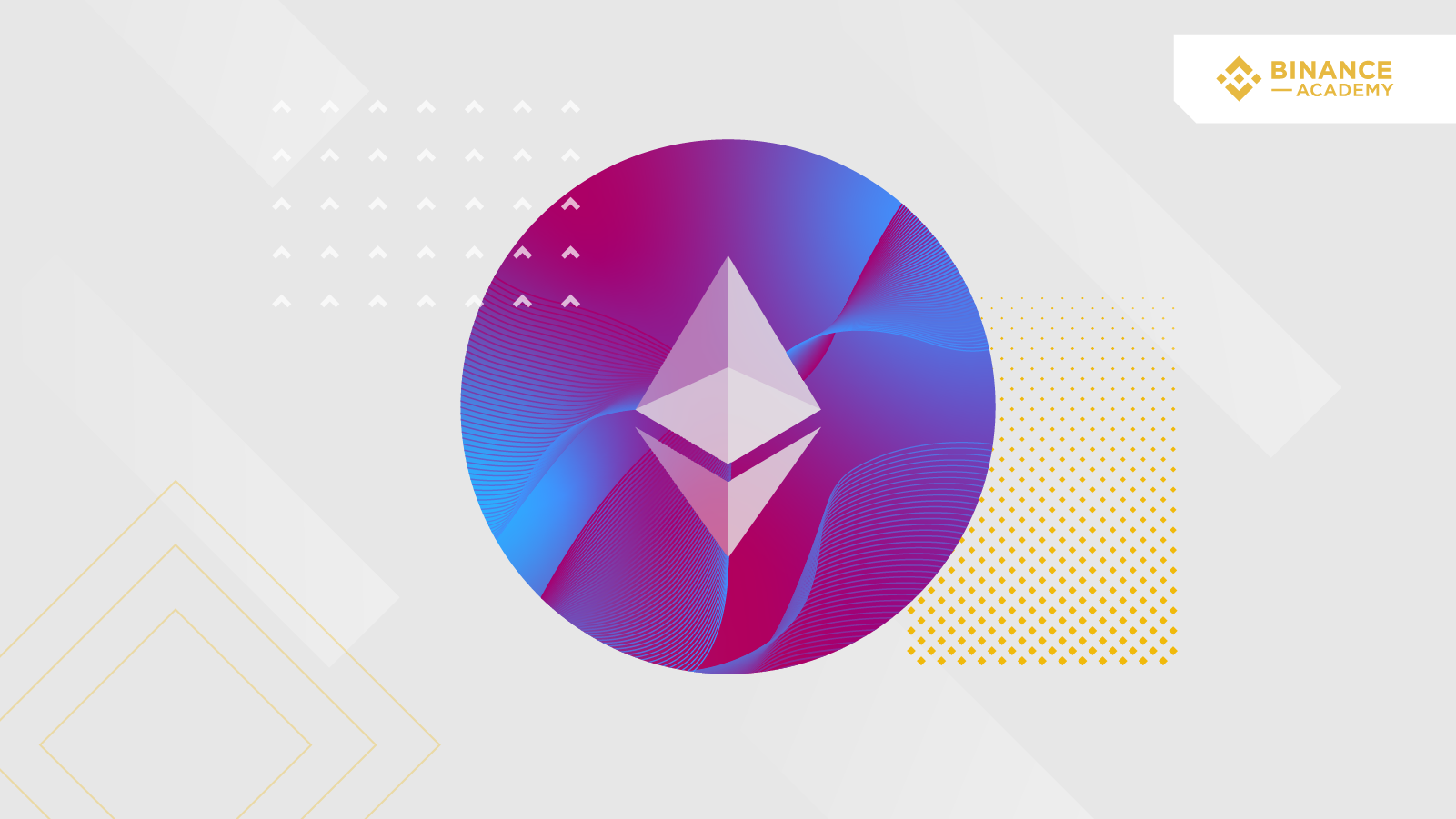TL;DR
Range-bound strategies refer to methods by which traders capitalize on a market that’s moving sideways — also known as a sideways market. For example, users trading in sideways conditions will repeatedly buy an asset low at the support level, and then sell it high at the resistance level.
How Does A Sideways Market Work?
To understand range-bound strategies, traders must first understand how a sideways market (or a ranging market) works.
As the name implies, a sideways market is a trading environment in which price action moves in a horizontal channel between high and low prices. The idea is that the sideways movement creates relatively predictable highs and lows for trading assets. You can use some technical indicators like Average True Range (ATR) and High Low Bands (HLB) to identify range-bound markets.
Of course, predicting the market's behavior with 100% accuracy is impossible. Traders trying to capitalize on a sideways market may, for instance, miss an impending breakout or worse — experience heavy loss on a bearish downtrend.
What Is Range-Bound Trading?
While it originates from traditional markets like the stock exchange and Forex, range-bound trading is also popular among crypto traders.
Crypto traders take advantage of sideways markets by identifying the major support (low price) and resistance (high price) levels. Assets at the support level trend line offer an optimal chance to buy low, while traders sell high when assets reach the resistance trend line. This area where prices oscillate back and forth is called the range, also known as the price channel.
Here’s an example to help you understand better: Let’s say an asset has routinely moved between $50 and $53 over the past few days. Traders using a range-bound strategy would buy the asset at $50 (support) and sell the asset at $53 (resistance).
The upside is significantly lower than timing a breakout but markets don’t permanently trend in one direction. Sometimes, the market will pause and move sideways before continuing its prior trend. On the other hand, the market may be in a period of indecision before the opposition forces a reversal.
What Are The Different Types of Range-Bound Trading Strategies?
Spot
After traders have identified the range, the most straightforward strategy is to place a buy order near support and a sell order near resistance.
Breakouts and breakdowns
The inherent risk of range-bound strategies is mistiming a breakout or worse, a downward breakdown.
Traders often mitigate this risk by setting stop-loss orders near the asset’s support and resistance levels. If the asset breaks the price channel, traders often change their strategy or wait until range-bound conditions return.
Range-Bound Trading Example and Automated Trading Strategies
To save time on tedious work, such as analyzing charts and manually placing orders, some crypto users leverage products designed to mimic range-bound trading strategies. These products allow users to leverage a sideways market without placing a trading order. They usually provide an accessible interface that:
Places limits on the downside and upside risks.
Allows users to enter and exit the market within a more flexible timeframe.
Binance’s product Range Bound, for example, simplifies the complex strategies required when traders face a sideways market. When users subscribe to Range Bound, two scenarios may unfold.
Scenario 1
If the asset stays within the set price range during the subscription period, the user will receive rewards based on the potential annual percentage rate (APR) displayed on the settlement date.
Scenario 2
If the asset touches or exceeds the set price range during the subscription period, the user will receive less than their initial deposit amount.
The most apparent risk in trading range-bound assets is ending up on the wrong side of the market. Cryptocurrency is a volatile asset that is hard to predict. No individual, trading strategy, or algorithm can perfectly speculate price action.
Even though a market may be ranging, thereby creating seemingly identical patterns, there is no certainty when the asset will approach or break the trend lines. Assets are either stagnant or locked in until the buy or sell price levels are triggered. Furthermore, traders who don’t set stop-loss orders are exposed to additional risk of loss.
Users may also receive less than the amount they initially deposited for certain range-bound products if the underlying asset’s reference price exceeds the predetermined price range.
Moreover, once traders subscribe to a range-bound product, their assets are locked and they won’t be able to cancel or redeem them before the settlement date.
Closing Thoughts
Range-bound trading can be a viable strategy for experienced traders who are aware of their risk tolerance and have a solid understanding of technical analysis. Given the volatile nature of crypto markets in general, building a sound range-bound trading strategy requires effort, discipline, and vigilance.
If you're considering trading on a sideways market, you can use the examples listed in this article as a starting point. As always, traders should do their due diligence before investing in any financial opportunity.
Further Reading
Disclaimer and Risk Warning: This content is presented to you on an “as is” basis for general information and educational purposes only, without representation or warranty of any kind. It should not be construed as financial, legal or other professional advice, nor is it intended to recommend the purchase of any specific product or service. You should seek your own advice from appropriate professional advisors. Where the article is contributed by a third party contributor, please note that those views expressed belong to the third party contributor, and do not necessarily reflect those of Binance Academy. Please read our full disclaimer here for further details. Digital asset prices can be volatile. The value of your investment may go down or up and you may not get back the amount invested. You are solely responsible for your investment decisions and Binance Academy is not liable for any losses you may incur. This material should not be construed as financial, legal or other professional advice. For more information, see our Terms of Use and Risk Warning.



